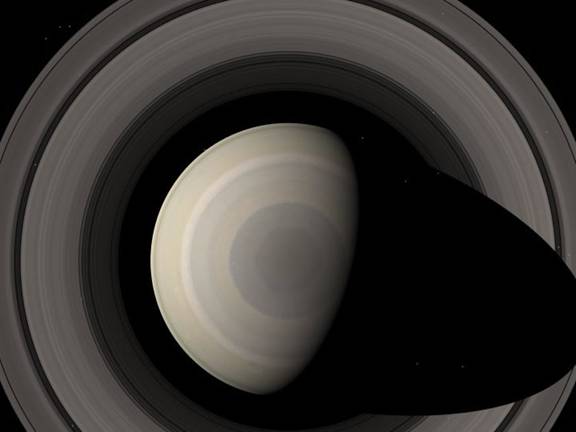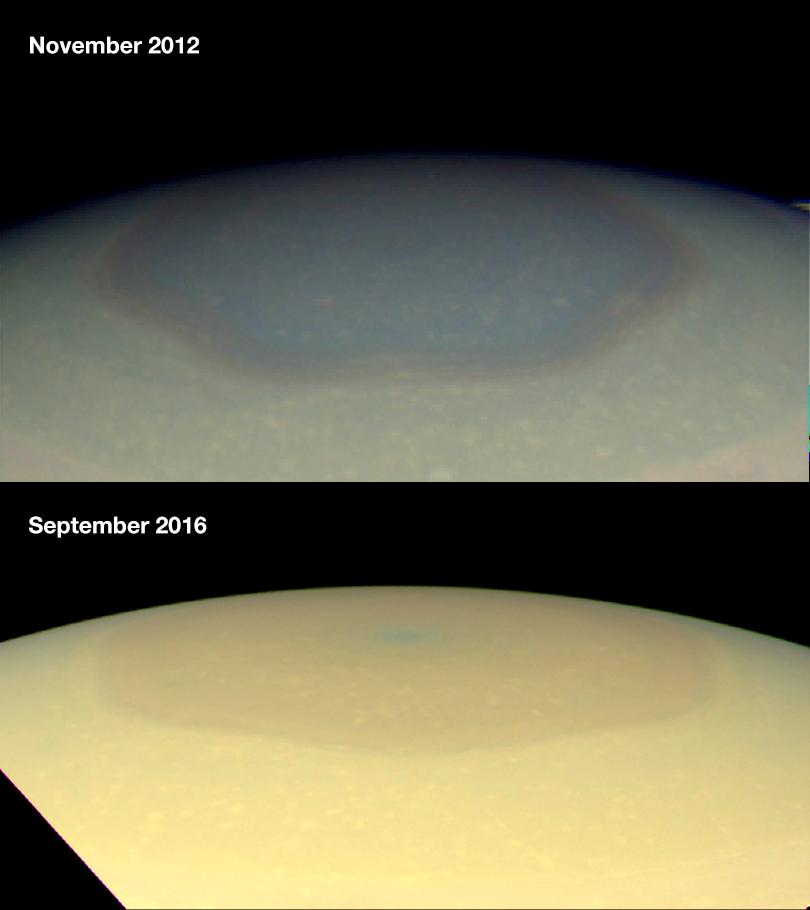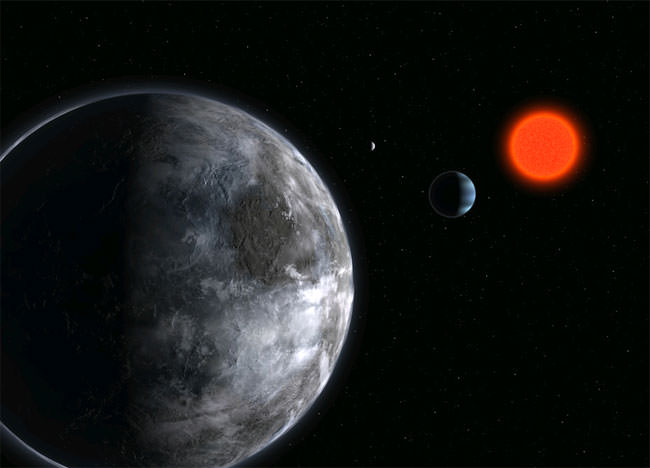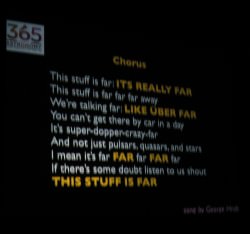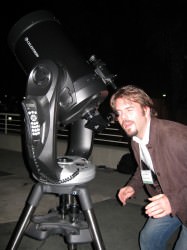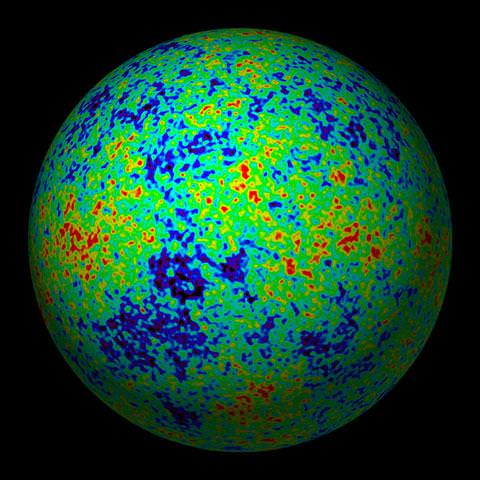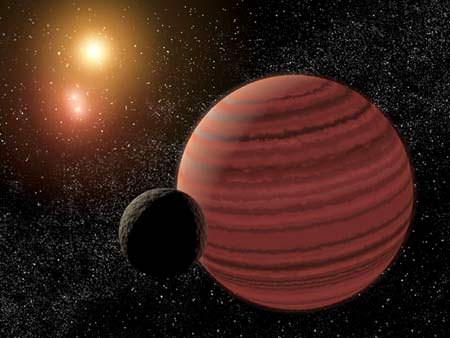Name of Saturn
Where you wondering how did Saturn get its name? Like all of the planets, Saturn is named after a character in Roman mythology. Saturn is named after the god Saturnus, the god of agriculture and harvest. Saturn is equivalent to the ancient Greek god Kronos. They decided to make the outermost planet sacred to Kronos, and the Romans did the same.
In ancient times, astronomers could see that there were some stars that moved across the sky compared to others. The Greek astronomers called these objects planetes asteres or wandering stars. Almost everyone believed that all the planets, the Moon, the Sun and even the stars orbited around the Earth.
According to the ancient Romans, Saturn was said to carry a sickle in his left hand and a bundle of wheat in his right hand. He was the son of Helen, or Hel. Saturn’s wife was Ops (the equivalent of Rhea), and he was the father of Ceres, Jupiter and Veritas – as well as a few others.
It wasn’t until 1610 that Galileo Galilei first pointed his crude telescope and learned that Saturn actually had rings. Of course, Galileo didn’t realize what he was looking at when he first observed Saturn. He thought the planet had two huge moons orbiting very close to the planet. It wasn’t until 1655, when Christiaan Huygens pointed his much more powerful telescope at Saturn that it was possible to distinguish that the planet had rings.
Have you wondered how other planets got their names? Here’s how Jupiter got its name, and here’s how Mars got its name.
Want more information on Saturn? Here’s a link to Hubblesite’s News Releases about Saturn, and here’s NASA’s Solar System Exploration Guide.
We have recorded a podcast just about Saturn for Astronomy Cast. Click here and listen to Episode 59: Saturn.

